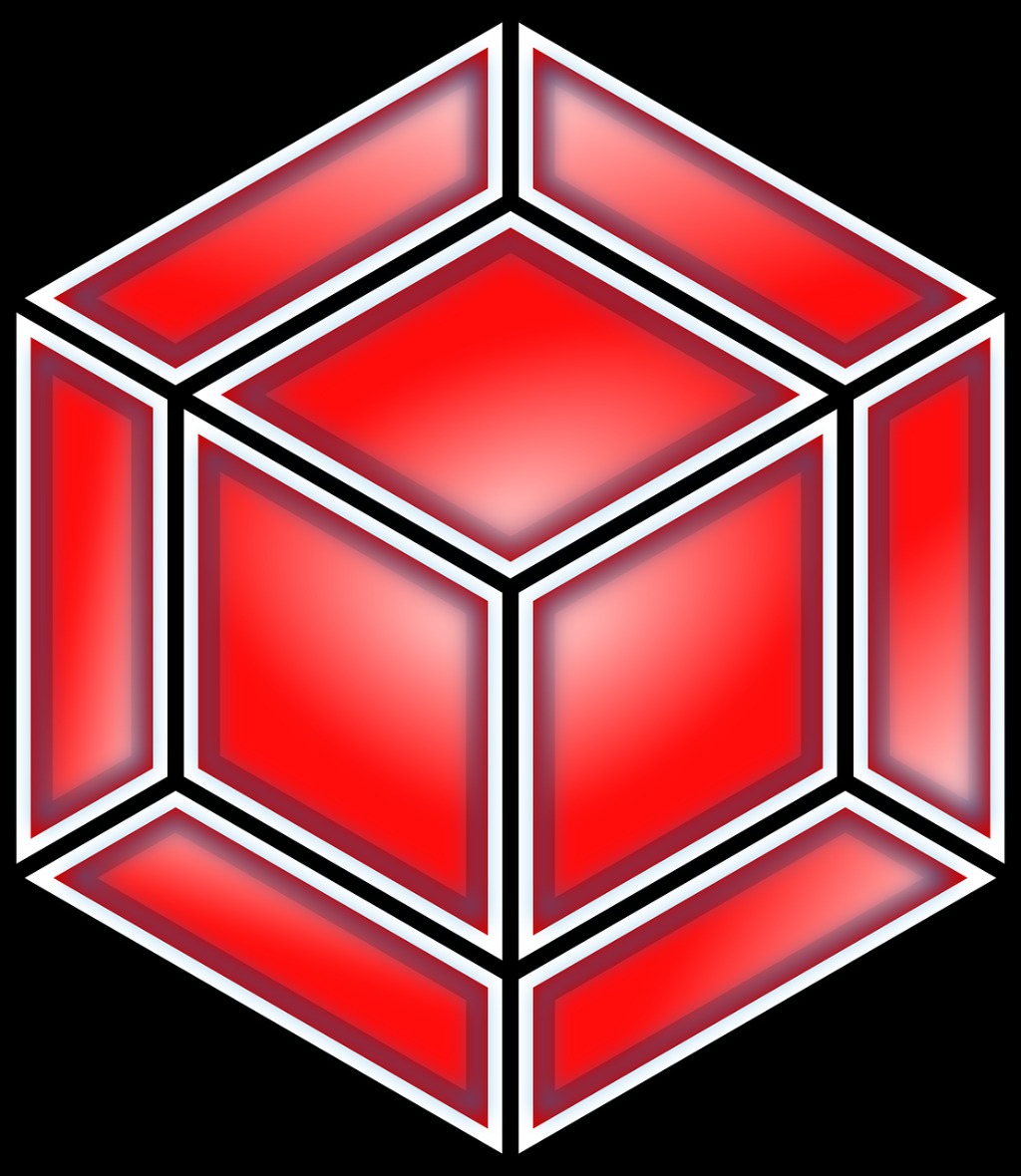
In two recent blog posts, we respectively covered writing for a children’s audience and a teen audience. So this week I thought we could delve deep into a children’s novel that can appeal to children, teens, and adults.
A Wrinkle in Time by Madeleine L’Engle was published in 1962 and changed the world of children’s science fiction forever. L’Engle’s short novel packed in a ton of fascinating lessons about physics and philosophy at a time when talking down to children was the norm. The novel also featured a rare female protagonist. It won the 1963 Newberry Medal and has inspired countless successful authors like Meg Cabot (author of the Princess Diaries series) and Scott Westerfeld (author of the Uglies series). Fictionate author, Kate Seger, also referenced this book as an inspiration after she won a whopping three awards in our July 2022 Worldbuilding Short Fiction Contest.
Unlike the low fantasy and earthbound science fiction TV shows and movies referenced recently on the blog, A Wrinkle in Time doesn’t take place entirely on Earth. While it incorporates both fantasy and sci-fi elements, it takes place across several different worlds. It is a fantastic example of children’s/YA science fiction. It can teach you a lot about how to treat your young readers with the respect they deserve, develop real, multifaceted characters, and tackle many complex themes..
Let’s dig into why a mega-bestselling author like Meg Cabot calls A Wrinkle in Time one of her “favorite books of all time” and says she’s read it so often that she knows it by heart.

The Title
I’ve done storytelling deep dives in the past on The Last Unicorn by Peter S. Beagle and The Time Traveler’s Wife by Audrey Niffenegger, and in each of those posts, I analyzed what made the title of each book so great. A Wrinkle in Time is no exception here. The title of this novel is wonderfully evocative—how could there be a wrinkle in time? Wrinkles are usually found on clothing, not in the fabric of time. The best titles have the reader asking questions, and this title definitely qualifies.
This title also gives you a clue that A Wrinkle in Time is a science fiction story. It shows you that it’s going to be slightly odd as well, as Mrs. Which, Mrs. Whatsit, and Mrs. Who for sure are. Before you even start reading the book, you have an inkling of the tone of the story and the subject matter it will cover, while still leaving a great deal of mystery.
By studying the title of this book, you will hopefully gain some inspiration on how to give your story an intriguing title of its own.

Treatment of Science
As mentioned, unlike many other children’s authors of her time, Madeleine L’Engle did a superb job of not talking down to her young audience. She had a gift for discussing complex subjects like math, quantum physics, and cosmology in a way that young people can understand. She had faith that kids were a lot smarter than most people gave them credit for, and by the success of this book, it’s clear she was right.
Not that the novel’s potential for success was obvious to everyone right away. In fact, A Wrinkle in Time was rejected by a whopping forty publishers because they thought it would be too challenging for children and couldn’t tell if it was supposed to be a children’s or adult book. Luckily there was a publisher willing to take the book on, and it went on to achieve great accolades and acclaim.
There is a lot you can learn from L’Engle’s treatment of science in her book, and how you might convey complex science to young readers. The most important thing is to trust those readers to be able to follow along—you might be surprised by how well they catch on. Not only that but there’s a good chance that they will be excited to learn something new.
You can also take comfort in L’Engle’s perseverance through many rejections. She refused to talk down to kids and young adults, even as publisher after publisher told her she should. Remember to be true to yourself in your writing, both for this contest and in general. If you keep at it, you’ll likely find your audience eventually.

The Characters
One of the best parts of A Wrinkle in Time is the characters. Front and center you have Meg, who is not a beautiful, idealized heroine. She has frizzy hair, glasses, and braces, as well as a bit of an attitude problem. She doesn’t choose the right path every time—instead, she makes mistakes and learns from them. A lot of protagonists remain the same throughout their stories but Meg makes a wonderful character arc from an awkward, angry kid to a young adult who can take on great evil.
Her little brother Charles Wallace is another fantastic character. He is a five-year-old genius who has a very close relationship with Meg and is often able to guess precisely what she is thinking. He catches on to the more difficult scientific concepts presented in the book easily and helps the reader to understand them too. I appreciate that this character with special gifts is the protagonist’s brother in this book, rather than the protagonist himself. He also is not without flaws—his arrogance frequently gets him into trouble.
Rounding out the central cast is Calvin, a classmate of Meg’s who becomes a close friend over the course of the story. He’s one of the most popular kids at their school, but not because he is insanely attractive or untouchable—he’s just a nice, genuine guy. He is the calm voice of reason throughout the book and his strengths complement Meg’s beautifully.
This cast of characters fits together so well and uses their strengths to solve problems. But no one is perfect—these people are all so wonderfully flawed and real that you would follow them anywhere. I highly recommend studying the character development in this book closely as you work on your story.

The Themes
A Wrinkle in Time is a story that incorporates all of many wonderful themes. As mentioned, a great friendship (with a hint of romance) blossoms between Meg and Calvin as the story goes on. The two seem like polar opposites at first, but they soon come to find that their personalities actually complement each other extremely well. The relationships each of these characters have with Charles Wallace are also extremely well-developed.
Duty is exemplified by the way Meg takes the responsibility to find and ultimately save her missing father. She hits many obstacles along the way but finds the inner strength to do battle with a terrifying enemy.
Meg shows great loyalty throughout the book to Charles Wallace, Calvin, her father, and other friends she encounters along the way. She is a character who loves fiercely and will do anything for the people that she cares about. Calvin is also very loyal to Meg, supporting her at every turn.
Meg takes great risks going on her journey with the others and in her fight against IT as well. She sacrifices her safety in her quest to get her father back and make her mother happy. We see sacrifice as well when we learn that Mrs. Whatsit was once a star who gave up her celestial existence to help fight the Dark Thing. This gives the children the courage to fight evil.
While writing, it is important to study and draw inspiration from the work of others. If you don’t have time to read a whole book, you can check out my posts on low fantasy and earthbound science fiction TV shows and movies. But this book is a pretty short one and packed with wonderful attributes you can study to improve your own writing. A Wrinkle in Time will teach you a ton about how to write for a young audience without talking down to them and develop characters your readers will love and relate to. It will also hopefully give you ideas on how to incorporate complex themes into your story.
Soak Yourself in Fiction
Follow us on Facebook | Instagram | Twitter | Discord